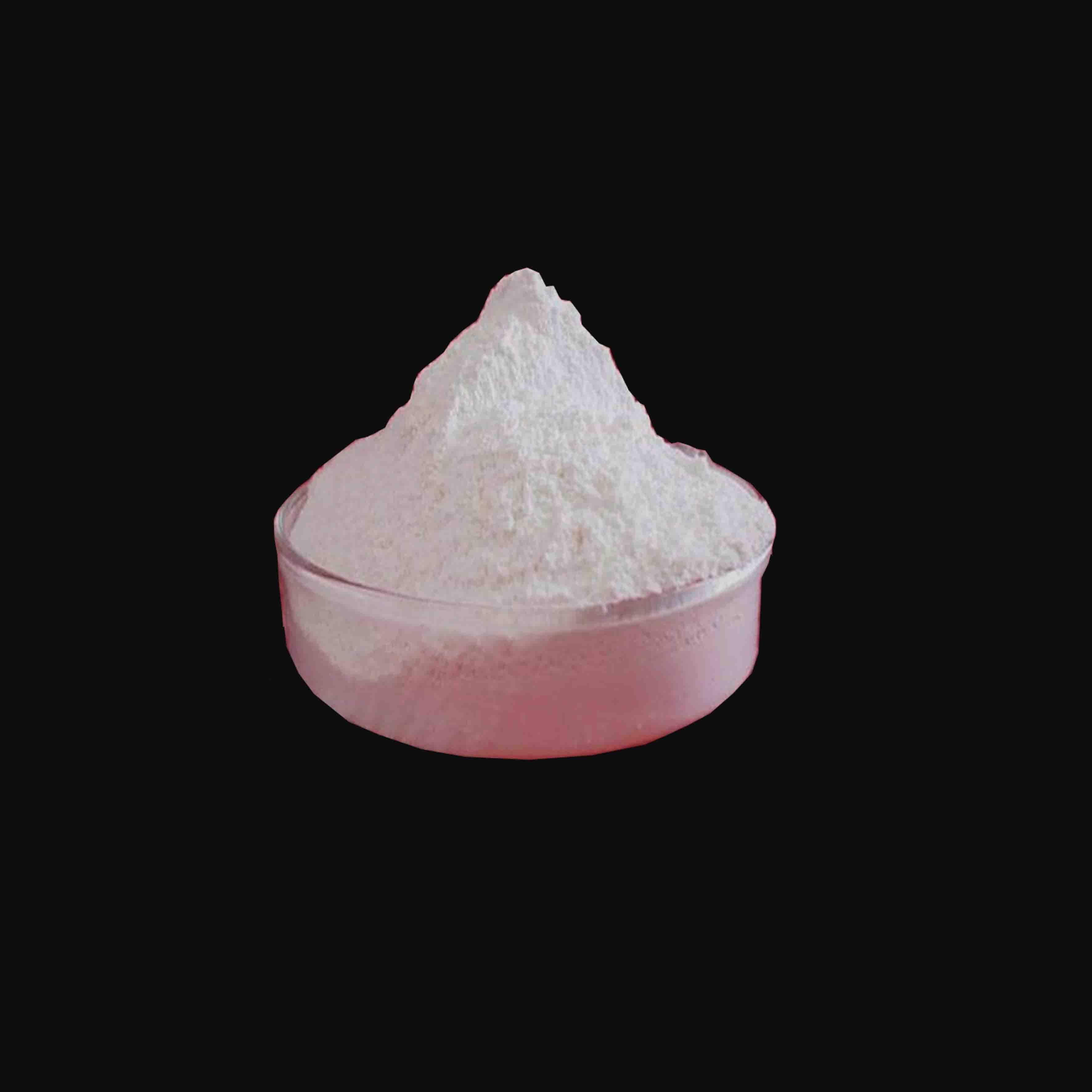
Aug . 19, 2024 03:52 Back to list
Exploring the Properties and Applications of Mixed Crystal Nano Titania Composites in Advanced Materials
Mixed Crystal Nano Titania A Promising Material for Advanced Applications
Titanium dioxide (TiO2), commonly known as titania, is a versatile material that has garnered significant interest in various fields due to its unique properties. Among its various forms, mixed crystal nano titania has emerged as a particularly promising candidate in catalysis, photocatalysis, and environmental remediation. This article explores the characteristics, synthesis methods, and applications of mixed crystal nano titania, highlighting its potential for advanced technologies.
Understanding Mixed Crystal Nano Titania
Mixed crystal nano titania refers to TiO2 that is composed of different crystalline phases, primarily anatase and rutile. The properties of titania can be significantly enhanced when these phases are combined at the nanoscale. The mixed crystal form demonstrates improved photocatalytic activities, enhanced chemical stability, and better electron-hole separation processes, making it highly effective for a range of applications.
The nanoscale size of mixed crystal titania contributes to its large surface area, which enhances its reactivity and performance in various processes. Additionally, the mixed phases exhibit synergetic effects that can improve the efficiency of photocatalytic reactions, making it an intriguing material for researchers and industry professionals alike.
Synthesis Methods
The synthesis of mixed crystal nano titania can be achieved through several methods. Common techniques include sol-gel processes, hydrothermal synthesis, and chemical vapor deposition. Each method has its advantages and can be tailored to produce titania with specific properties.
1. Sol-Gel Method This approach involves the transition of a system from a liquid sol to a solid gel phase. By controlling factors such as the pH, temperature, and precursor concentration, researchers can manipulate the crystalline phase ratios of the resulting titania. This method is favored for its simplicity and ability to produce high-purity materials.
2. Hydrothermal Synthesis This technique uses high-pressure and high-temperature aqueous solutions to facilitate the growth of nanocrystals. By adjusting the reaction conditions, such as temperature and duration, it is possible to achieve different proportions of anatase and rutile phases, leading to the desired mixed crystal structure.
mixed crystal nano titania

3. Chemical Vapor Deposition (CVD) CVD involves the chemical reaction of gaseous precursors to deposit material onto a substrate. This method allows for precise control over the composition and thickness of the titania layer, making it suitable for applications in thin-film coatings.
Applications
Mixed crystal nano titania exhibits a broad range of applications across various sectors
1. Photocatalysis The unique properties of mixed crystal titania make it a highly efficient photocatalyst for degrading pollutants and organic compounds under UV or visible light irradiation. This capability is particularly beneficial in environmental remediation, where it can be employed to purify water and air.
2. Solar Energy Conversion The ability of mixed crystal titania to efficiently separate photo-induced charges enhances its potential in solar energy conversion systems, such as dye-sensitized solar cells (DSSCs). Its high surface area allows for better dye adsorption, improving the overall efficiency of energy conversion.
3. Self-Cleaning Surfaces Due to its photocatalytic properties, mixed crystal titania is used in the development of self-cleaning coatings. These surfaces can break down organic contaminants when exposed to light, maintaining cleanliness without the need for chemical cleaners.
4. Antimicrobial Applications The reactive oxygen species generated during photocatalytic activity can also exhibit antimicrobial properties, making mixed crystal nano titania a potential candidate for use in disinfecting surfaces and medical devices.
Conclusion
Mixed crystal nano titania represents a significant advancement in material science with its diverse applications and superior properties. As research continues to explore its potential, mixed crystal nano titania may play a crucial role in addressing environmental challenges and enhancing technological innovations across various industries. The synthesis methods and the ability to tailor its properties make it an exciting area of study, with promising implications for the future.
-
Premium 6618 Titanium Dioxide for GPT-4 Turbo Applications
NewsJul.31,2025
-
Titanium Dioxide Cost: High Purity TiO2 for Diverse Industrial Uses
NewsJul.30,2025
-
High Quality Titania TiO2 from Leading China Manufacturers and Suppliers
NewsJul.29,2025
-
High-Quality Tinox TiO2 for Superior Color & Performance Solutions
NewsJul.29,2025
-
High Quality Titania TiO2 from Leading China Supplier & Manufacturer
NewsJul.29,2025
-
High-Performance r6618 TiO2 for Superior Whitening and Versatility
NewsJul.28,2025
